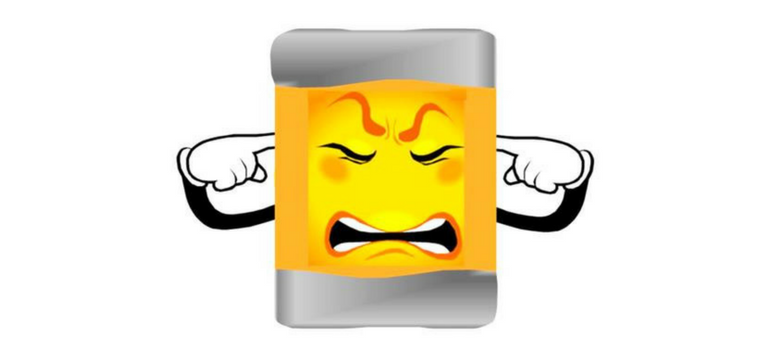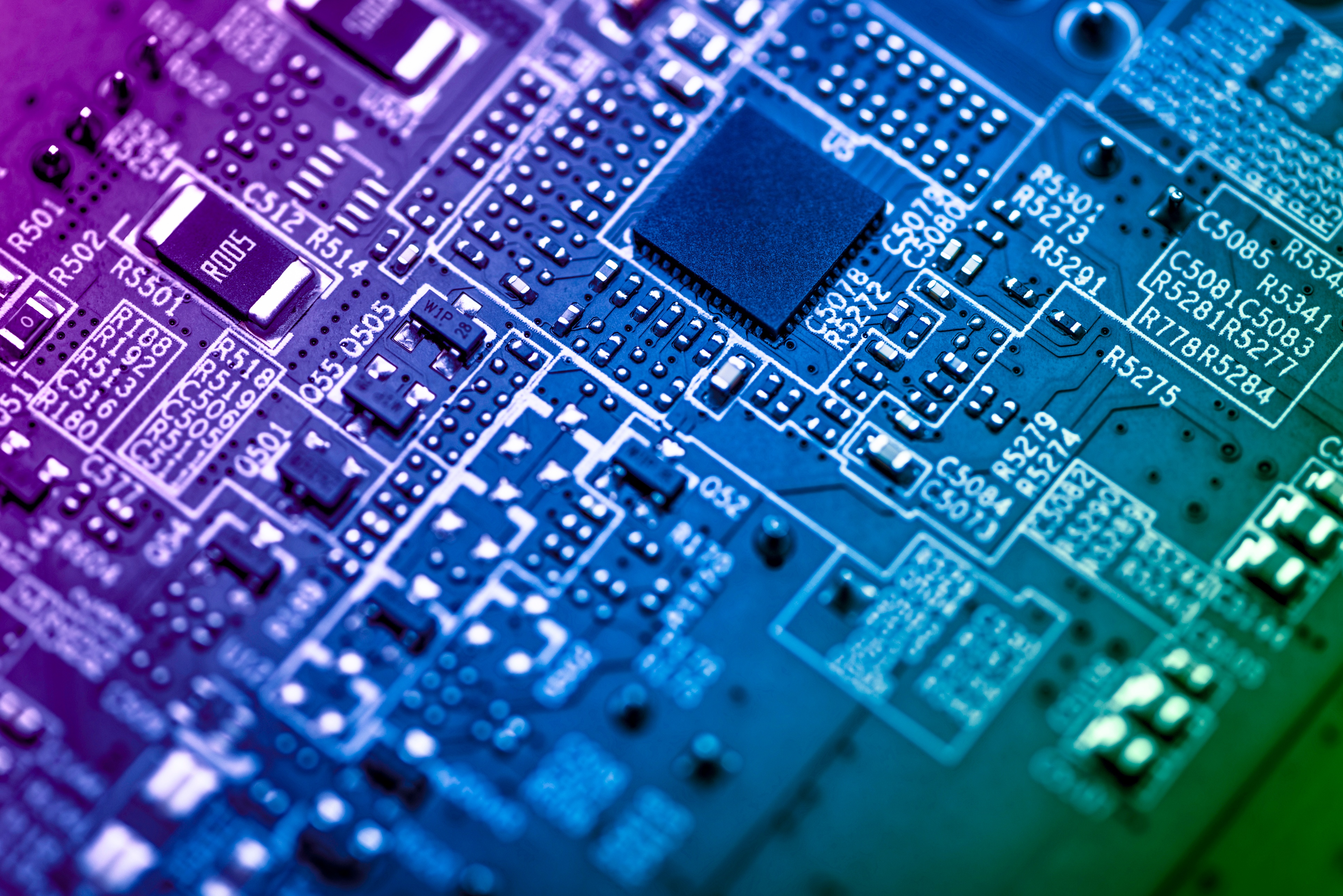
When it comes to electronics, silence is golden. Electronics designers work long and hard to reduce or eliminate sources of noise from electronic components such as fans, transformers, disk drives and the like. But have you ever thought about those innocent looking little MLCCs on your board? If you use a lot of Class 2 dielectric MLCCs (X5R, X6S, X7R and the like), you may want to look twice, as you may have a “choir of singing MLCCs” on your board.
You Don’t Get Something for Nothing
You see, stuffing all of that capacitance into a tiny little package requires the use of dielectric materials that have a very high dielectric constant (K), which is basically a unitless measure of the charge density of active dipoles in a given volume as compared to an equivalent volume of vacuum. All other things being constant, capacitance per unit volume increases linearly as K increases. Because of this, most Class 2 MLCC are made with high K (i.e., K = 2500+) ceramic materials, that are almost all based on the “magical” crystal chemistry of barium titanate (BaTiO3) or BT. But BT also has a “bad side.”
God’s Gift to Ceramics
Barium titanate is an amazing material. It is not found in nature and was originally developed in the early 1900s for use in radar systems for its ferroelectric properties. These properties are discussed in Venkel’s White Paper: Testing and Measurement Practices of High Capacitance Ceramic Capacitors and those properties are profound...so much so that one of my professors at Alfred University deemed it “God’s Gift to Ceramics.”
While these ferroelectric properties enable dielectrics with extremely high K, they also result in movement of the internal crystal structure (i.e., piezoelectric effect and to a lesser extent, electrostriction) when an electric field is applied, and they also result in a build-up of charge (electric field) when an external mechanical stimulus is applied. This movement of the internal structure can translate to the exterior of the material and can be quite significant. Because of this, BT can be used to make buzzers, speakers and other devices requiring mechanical displacement, as well as devices that convert mechanical stimulus into electrical charge, such as igniters. That mechanical displacement can make noise, and that noise can add up if multiple MLCCs “see” a similar and significant electronic signal in the audible range resulting in a “choir of singing MLCCs.” This effect can be further “amplified” if the MLCCs are rigidly coupled to the circuit board in a manner that results in amplification of the resulting pressure waves, causing a makeshift speaker of sorts. This effect becomes more prominent if the board is relatively large.
It should be noted that the above piezoelectric and electrostrictive effects also “work in reverse,” meaning that mechanical displacement of Class 2 MLCCs from the exterior of the MLCC device (i.e., noise, vibration or the like) may resulted in added electrical noise to your signals. This is called “microphonic effect” and has the same scientific bases of operation.
Trade-Off Time
So here is the conundrum. How do you take advantage of BT’s high K for your high capacitance density MLCC needs, while minimizing piezoelectric and/or electrostrictive side effects that accompany ferroelectric behavior and that result in an annoying buzzing when a signal of significant field, in the audible frequency band is applied (or half the audible band, in the case of electrostriction, due to its frequency doubling effect)? The answer lies in the trade-offs that you are willing to take in your design.
You can avoid signals in the audible frequency range. You can also reduce the amplitude of the signal such as by reducing ripple in a circuit or the like. You can also change the waveform, for example to a relatively gentle sinusoid from a sharper digital waveform.
You can also use a device that will effectively “see” a smaller signal field. That can be accomplished using an MLCC with a higher voltage rating than is needed (i.e., one with a thicker dielectric, and thus reduced signal field). You can also use lower capacitance values (in parallel if necessary). This can be especially effective at reducing noise if you use a mutual cancellation approach, such as populating the board on both sides and feeding the same signal to two MLCCs that are directly opposite to each other. Additionally, you can swap the MLCC with one having a lower dielectric constant, as this effect (e.g., d33) tends to increase with increasing K (e.g., swap an X5R for a Y5V, or an X7R for and X5R, or a C0G (Class 1) for any of these). This will likely come at the expense of board real estate however. If a C0G MLCC cannot be used, you may want to consider using a tantalum capacitor in place of the “singing capacitors” if the signal is appropriate so as to avoid imposing reverse polarity to the Ta caps.
You can also reduce the stiffness of the mechanical coupling of the MLCC to the board using compliant lead devices and by not using epoxy or other rigid materials to attach the MLCC to the circuit board in areas other than the terminals (typically used for wave solder attach). Additionally, you can orient the internal electrode plates of the MLCC orthogonal to the plane of the board, which will reduce mechanical coupling to the circuit board on the Z-axis. Further, you can populate the MLCCs toward the periphery of the circuit board as opposed to the middle of the board, but be sure to consider design rules regarding flex cracks if you do this, and to remember that local grouping of multiple MLCCs that “see” this type of signal should be avoided as the volume of the noise increases significantly when MLCCs “seeing” that type of signal are grouped.
Seen and Not Heard
So please remember that the Class 2 MLCC in your design can produce noise (and can add noise to your signals) in certain designs. If your design or your application needs to be quiet, you will need to select devices appropriately as well as to design your circuit so that it “speaks no evil” and “hears no evil.” Prudent device selection and circuit design can minimize or eliminate these effects so that your capacitors can be “seen and not heard.” I wish you well with your designs. Until next time, TTFN!







